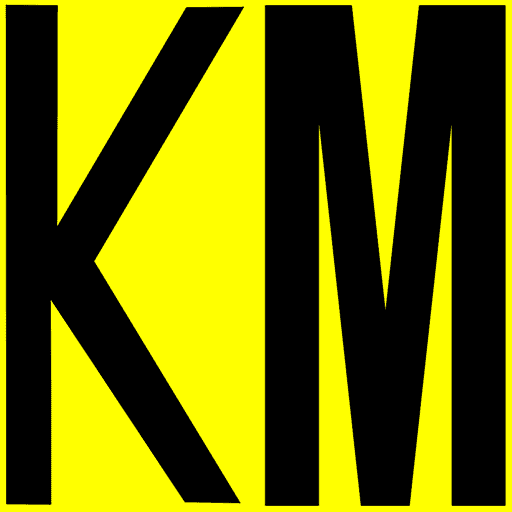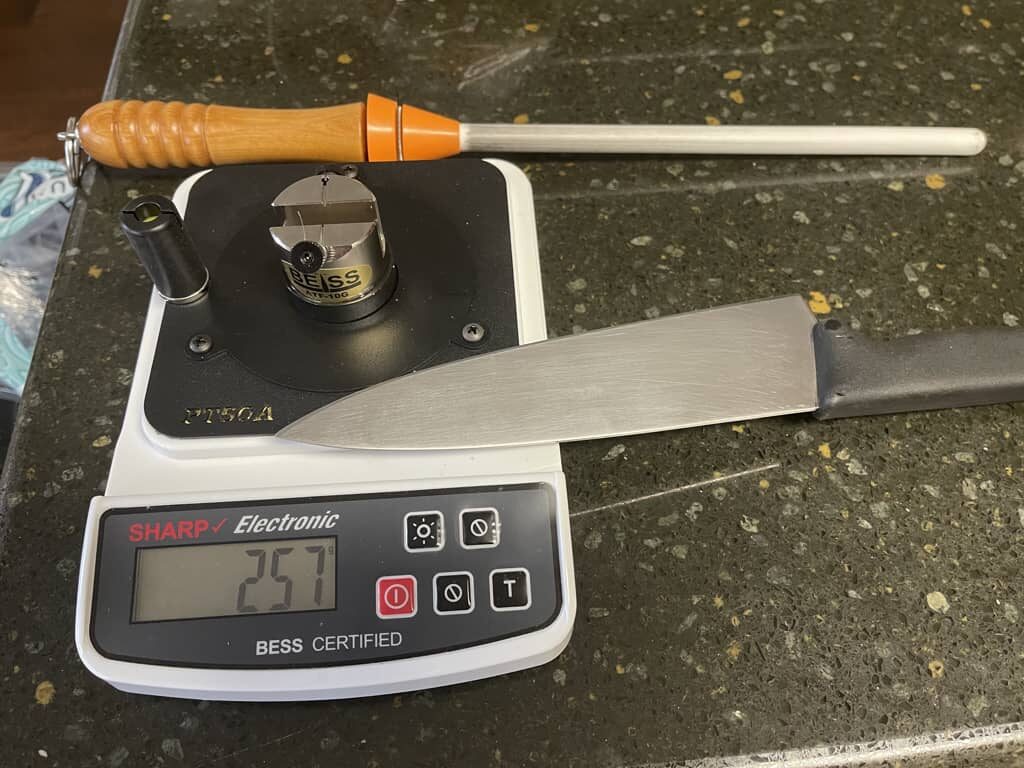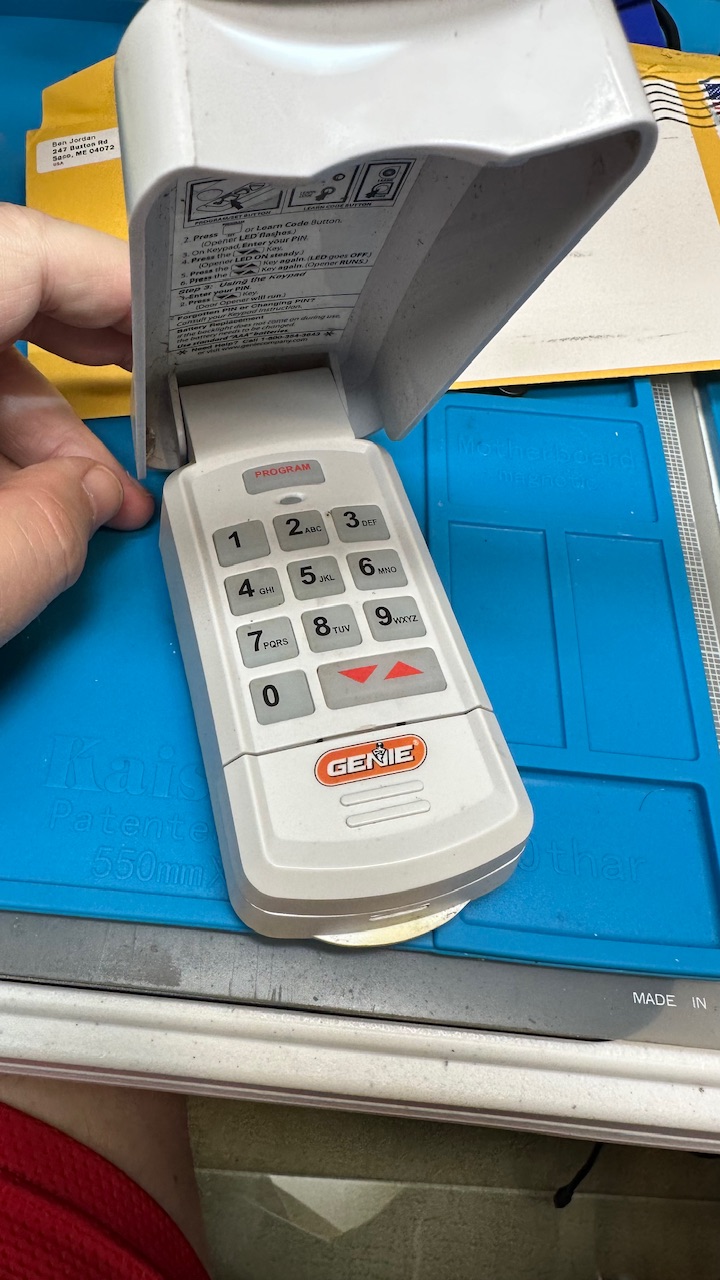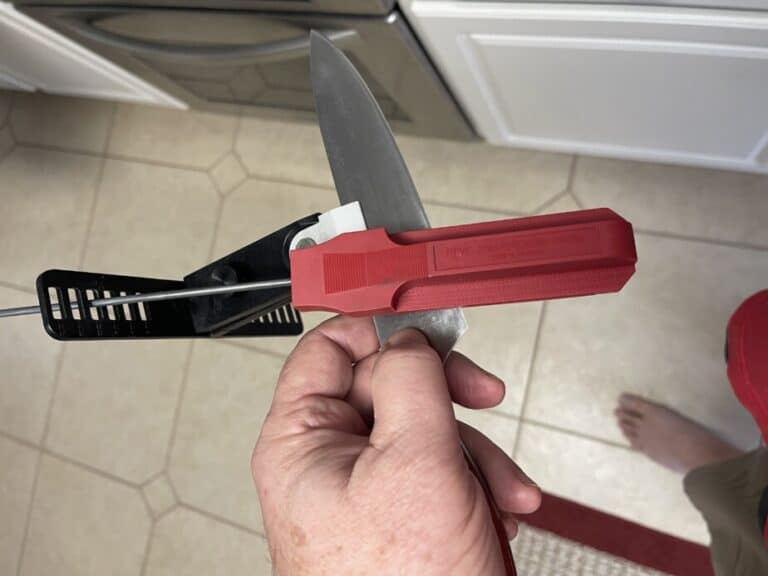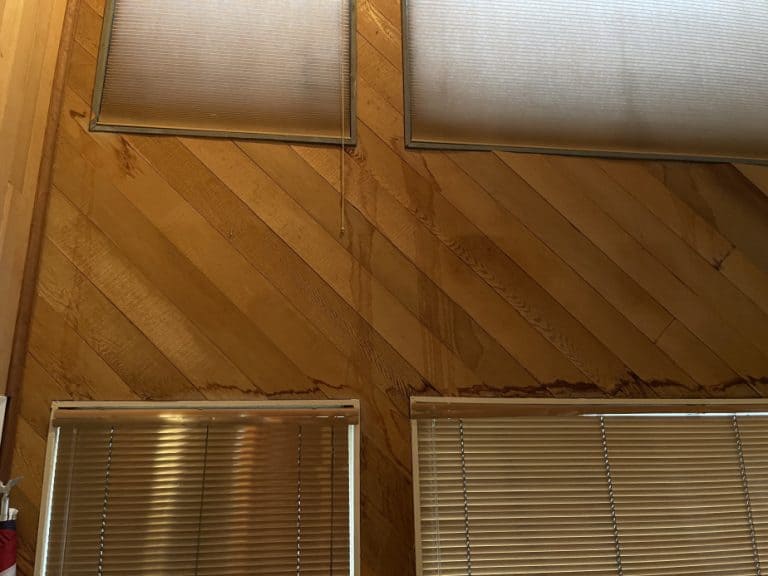Is My 1000 Grit Stone Enough to Sharpen My Chipped Knife?
So, you look at your knife, a good close look, and notice that the edge has one or more chips. If it’s been a while since you sharpened the knife properly, there may be several chips in the blade. A chipped edge means it’s time to break out the sharpening stones. The hone or the strop isn’t sufficient to do the job at this point. The question “Is my 1000 grit stone enough to sharpen my chipped knife?” is good.
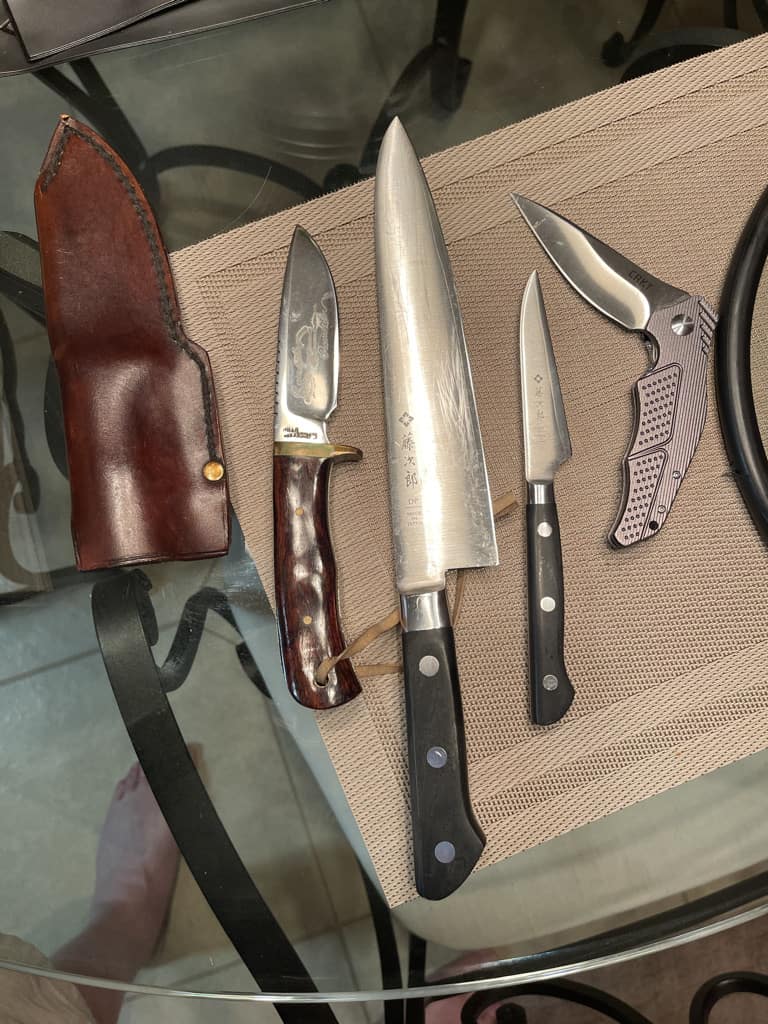
A 1000 Grit Sharpening Stone is a Great General Purpose Stone, But It May Be Slow Going
A 1000-grit sharpening stone is sufficient to sharpen a kitchen or folding pocket knife and correct minor chipping. For many professionals, using a coarser grit stone is much better and faster. A coarse, sharpening stone stone will dramatically reduce the time needed to clean up the chipped knife edge. Then, the medium grit 1000 stone would be most effective. This is especially true for premium “hard” steels used in high-end knives.
Why Is It Taking So Long To Raise a Burr?
So many things we humans do “seem” difficult until we’ve learned it and practiced enough with a successful outcome. In reality, hand sharpening isn’t difficult in principle. As with riding a bicycle or driving a stick-shift vehicle, we must practice knife sharpening until it becomes second nature. Knife sharpening, especially freehand, calls for a certain amount of brain and muscle training to become largely automatic. It’s not enough to know the process or the steps. You have to do it and experience success with practice. If raising a burr while sharpening a knife takes too long, you are either doing it wrong or needing a coarser grit sharpening stone.
If raising a burr while sharpening a knife takes too long, you either do it wrong or need a coarser grit sharpening stone.
Kenny MAnchester
More Pressure May Speed Up Knife Sharpening
Of all the elements of sharpening or re-sharpening a premium steel knife, i.e., maintaining a consistent angle, abrasive type, grit size selection, leading and trailing strokes, and pressure, I find that pressure is the one variable that is very tough to convey to a new sharpener in print or video. This pressure and feeling element is so much easier to impart in person. Having a person help you to raise and then remove a proper burr helps. Otherwise, accept that it will take practice. As you figure stuff out, you can use more aggressive abrasives and coarser grits to speed things up substantially, especially on harder steels. But until you understand what you are doing, it’s better to ease into it using a medium grit stone.
A Coarser Knife Sharpening Stone is Very Useful.
I spent way too many years trying to get by with a medium grit 1K sharpening stone before I broke down and bought a coarse grit version. Back then, I was still using natural stones and honing oil. My blades were in pretty bad shape after a few hunting and camping trips. It took what seemed forever to get these knife’s edges sharp again. A coarse grit stone saved the day for me! I got results in a fraction of the time. It wasn’t long before I learned when to pull out the coarse-grit sharpening stone and when it was unnecessary, which preserved my knives longer.
Sharpening Stone Kit Suggestion: Coarse, Medium, Fine
If you are experienced enough to repeatedly take any dull knife and get it arm-hair-shaving sharp with nothing but a 1000-grit stone, then you are ready to add a couple of coarse stones to your kit.
I like having a 140-250 grit stone and a 300-600 grit stone for those knives that need a lot of work. It just saves so much time! You must be more careful as you will remove material much faster and don’t want to mess up your knives. That said, the time you save getting to a burr will impress you. Just mind your technique. All the same, rules apply angle consistency, pressure, raise a burr, then de-burr the edge at the very coarsest stone to make sure you’re on the right track. A knife sharpened properly on a 140 grit sharpening stone is very sharp. If yours is not very sharp, you’ve got work to do somewhere.
Be Extra Careful Using Diamond Stones to Sharpen Your Knives
I thought I’d put a bonus warning here about diamonds as a knife-sharpening abrasive. Be careful! Diamonds rock, in my opinion, especially for tough modern steels. However, diamond stones with too much pressure will grind off tremendous amounts of metal quickly. Diamonds are among my preferred abrasives, but you must mind the pressure until comfortable. I often use diamond stones or plates made by DMT and Atoma because they are so fast on damaged or badly chipped knives. Another cool thing about good diamond stones is that they are very durable and do not dish like whetstones or natural stones. They require very little care.
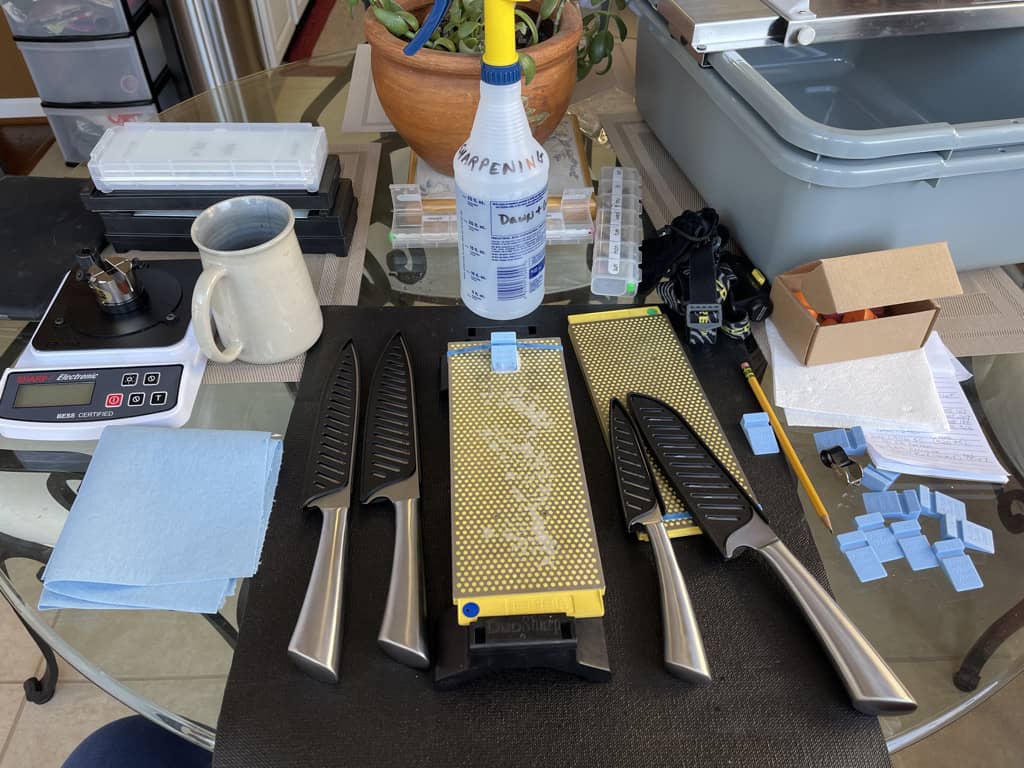
Is a 1000 Grit Stone Enough to Sharpen My Chipped Knife?
So, is my 1000 grit stone enough to sharpen my chipped knife? Yes. But coarser sharpening stones would make the job easier and faster.
